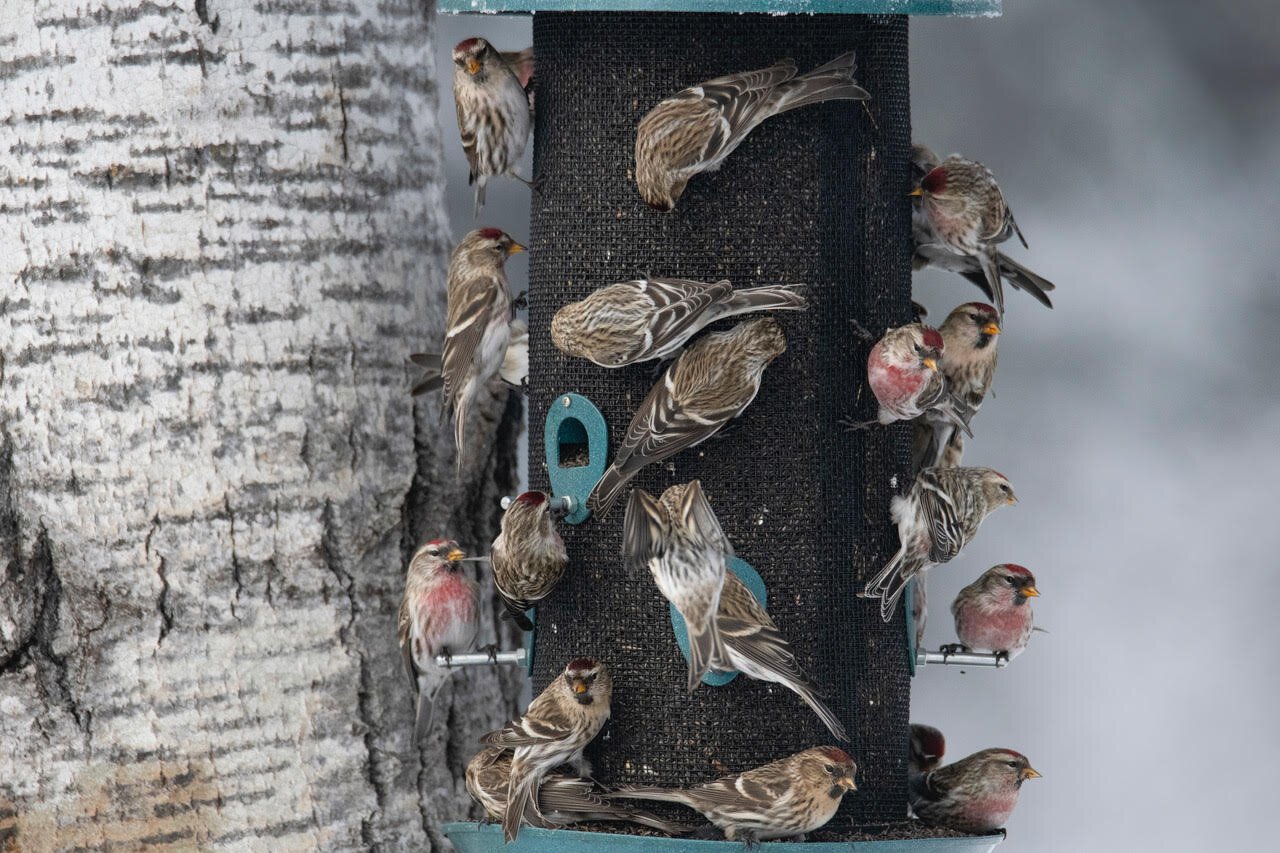
help birds
Food and Habitat
WELCOMING BIRDS TO YOUR YARD WITH NATIVE PLANTS
Join Bre Bauerly from Minnesota Native Landscapes as she gives an overview of native plant options for any backyard (and beyond), maintenance tips, and highlights some species you might expect to see visiting your native plants.
PLANTING CLIMATE RESILIENT LANDSCAPES
Has news of our changing climate left you feeling anxious or has drought changed how you view your yard and garden? If you want to irrigate less, help pollinators, feed birds, or see thriving life, this program was designed for you.
Birds & Forests – Embracing the Opportunities & Challenges of Conservation
The future of birds and forests and people are connected in so many ways. From the red and burr oak woodlands of central Minnesota, to the birch and spruce-fir wilds of the Northeast, forests provide us with so many benefits and commonalities – clean air, open space, recreation, water, and birds.
cats
Protecting urban wildlife from domestic cats: A data-driven approach to reducing conflict
Domestic cats play an important role in our lives as beloved pets, hilarious Internet content, and the objects of well-meaning animal welfare advocates. But what happens to wildlife when cats go outside? How do bird and wildlife populations fare when they face a new predator evolution has not equipped them to evade?
catio building plan
glass
When Birds and Humans Collide: Treating Avian Species for Impact Injuries
While traveling to and from their wintering grounds, migratory birds encounter features of the built environment that put them at risk of injury and death. Bird-window collisions are the 2nd leading mortality risk to migratory birds, killing an estimated 365-988 million birds in the U.S. each year.
bird safety in the built environment
Building glass and lighting can be deadly hazards for birds, killing hundreds of millions of birds every year in the United States alone. Building-related bird deaths are largely preventable through building design and retrofit.
lighting
While we tend to view cities through the lens of industry and development, urban areas on migration routes play a critical role in bird conservation. City planning, design, and management contribute significantly toward migratory bird mortality rates, particularly as result of light pollution and building collisions.
Are we experiencing the end of night (and why would birds care)?
Using a blend of personal narrative, natural history, science and astronomy, Bogard shares the importance of darkness to humans and wildlife—what we've lost, what we still have, and what we might regain—and the simple ways we can reduce the brightness of our nights tonight to benefit not only ourselves, but birds and other animals as well.
Lighting Ourselves sick: impacts of light pollution on avian health
Light pollution is the excessive or poor use of artificial outdoor light at night, which disrupts natural patterns of wildlife and human sleep, contributes to the increase of carbon dioxide in the atmosphere, and obscures stars in the night sky. In this talk, Professor of Biology Jenny Ouyang will speak about the impacts of an increasingly lit world on birds, global health, and biodiversity.
Why Lights Out?
Most birds migrate at night and can be drawn off course by lighted structures in their flight path. Many birds are killed or injured in collisions with buildings or drop from exhaustion after circling them, reluctant to fly out of the light. Lights Out programs can dramatically reduce these collisions. Join Lights Out and save birds and energy.




